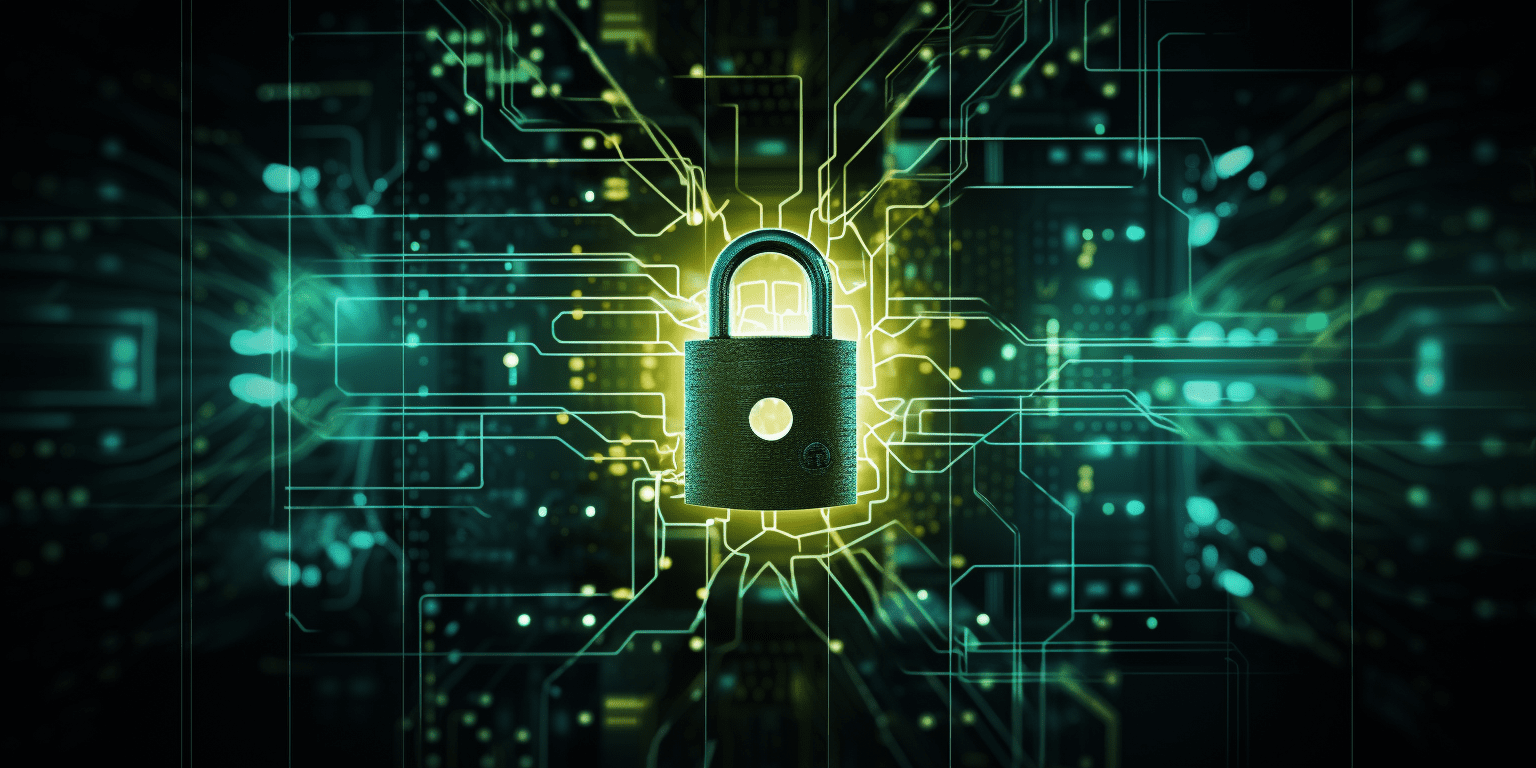Introduction
In an era dominated by digital interactions, the security of personal and sensitive information is paramount. One of the foundational elements of digital security is the management of passwords. This article explores the importance of effective password management, common challenges users face, and practical strategies to strengthen the first line of defense against unauthorized access and cyber threats.
1. The Critical Role of Passwords
- Gateway to Digital Identities: Passwords serve as the primary gatekeepers, protecting access to personal accounts, sensitive data, and online services.
- Multi-Layered Security: In a world where cyber threats are prevalent, strong and unique passwords contribute to a multi-layered security approach, making it more challenging for malicious actors to gain unauthorized access.
2. Common Challenges in Password Management
- Password Reuse: Many users reuse passwords across multiple accounts, amplifying the risk. A breach on one platform can compromise multiple accounts if the same password is used.
- Weak Passwords: Simple and easily guessable passwords, such as “password123,” are susceptible to brute-force attacks. Weak passwords undermine the effectiveness of security measures.
- Lack of Regular Updates: Failure to update passwords regularly increases the likelihood of unauthorized access, especially in the aftermath of data breaches.
3. Best Practices for Effective Password Management
- Use Strong and Unique Passwords: Craft passwords with a combination of uppercase and lowercase letters, numbers, and symbols. Avoid easily guessable information like birthdays or common words.
- Password Length Matters: Longer passwords provide an additional layer of security. Aim for a minimum of 12 characters to enhance complexity.
- Avoid Dictionary Words: Steer clear of using complete words found in dictionaries, as these are vulnerable to dictionary attacks.
- Use a Password Manager: Password managers are tools that help generate, store, and auto-fill complex passwords for different accounts. They eliminate the need to memorize multiple passwords.
- Enable Two-Factor Authentication (2FA): Implement 2FA whenever possible. This adds an extra layer of security by requiring a second form of verification, such as a code sent to your mobile device.
- Regularly Update Passwords: Change passwords periodically, especially after security breaches. Regular updates reduce the risk of unauthorized access.

4. The Role of Biometrics
- Biometric Authentication: Some platforms and devices offer biometric authentication, such as fingerprint or facial recognition. While these methods enhance security, they should complement, not replace, strong password practices.
- Biometric Data Protection: Ensure that any biometric data stored is well-protected, as compromised biometric information cannot be changed like passwords.
5. Educating Users on Security Hygiene
- User Training Programs: Organizations and platforms should conduct regular security awareness programs to educate users about the importance of password security and other cybersecurity practices.
- Phishing Awareness: Users should be vigilant about phishing attempts that aim to trick them into revealing passwords. Training programs should include guidance on identifying phishing emails and websites.
6. Future Trends in Password Security
- Passwordless Authentication: Emerging technologies are exploring passwordless authentication methods, including biometrics, device recognition, and cryptographic keys.
- Behavioral Biometrics: Analyzing user behavior patterns, such as typing speed and mouse movements, adds an extra layer of authentication beyond static passwords.
7. Conclusion
Effective password management is a foundational aspect of digital security. By adopting strong password practices, utilizing password managers, and staying informed about evolving security trends, users can significantly enhance their first line of defense against cyber threats. As technology continues to advance, embracing innovations like passwordless authentication can further contribute to a secure digital environment.
Disclaimer: This article is for informational purposes only and does not constitute cybersecurity or technical advice. Readers should consult with relevant professionals for advice tailored to their specific circumstances.







